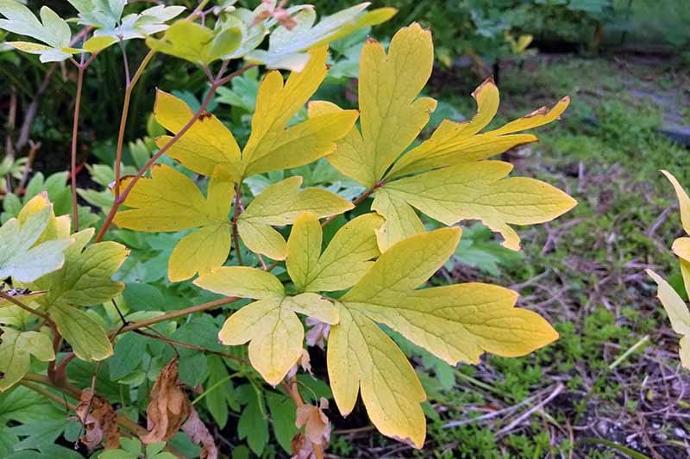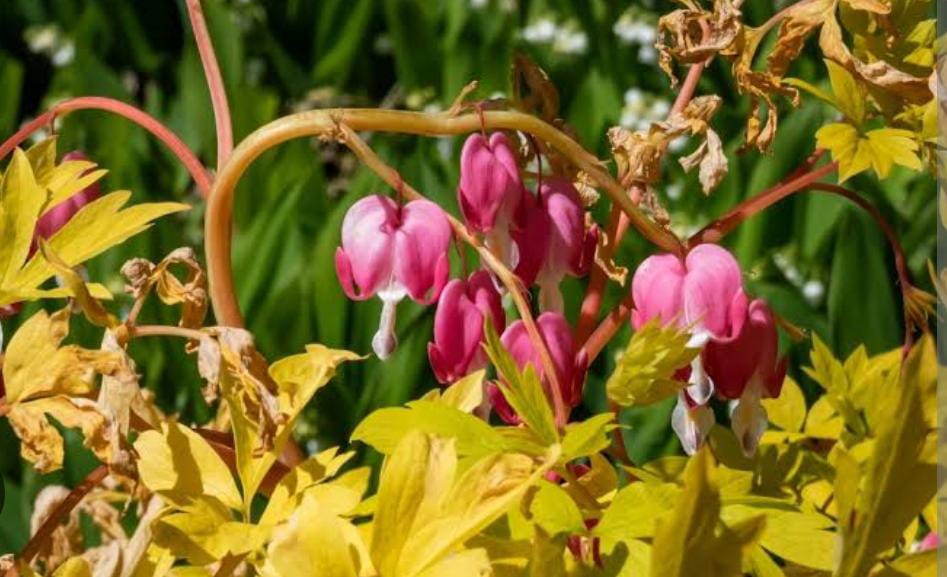Bleeding Heart Plant
BLEEDING HEART, also known as Dicentra, is an outdoor perennial with distinctive heart-shaped flowers. Plant in well-draining soil with partial to full shade. Keep the soil consistently moist, and mulch to retain moisture. Prune to shape the plant after flowering.

Habit
Perennial
Height
60-90 cm
Growth
Moderate
Soil
Well Drained, Loamy
Shade
Partial shade to Full Sun
Moisture
Moist
Edible
No
Medicinal
No
Origin
Asia
Climatic Condition
Temperate
Temperature (°)
10-20°C
Humidity (%)
60-70
Potting media
Loam + Organic matter
Fertilizers
Balanced NPK (10:10:10)
Watering
Moderate watering
Plant Weight
150-300 g
Flowering Time
Spring to Summer
Soil Ph level
6.0-7.0
Water Ph level
6.5-7.0
Soil EC
0.8 dS/m
Yield Per Plant
20 small flowers per stem during growing season
NPK ratio
10:10:10
life Span
2-3 years
Health Benefits
Ornamental flowers, pain relief
Suggested Grow Media or Potting Mix ?
50% peat moss, 25% perlite, 25% compost
Suggested Fertigation/Fertilizers
Fertilize every 2 weeks with a balanced, water-soluble fertilizer.
Common Diseases and Remedies
Gray mould, Tobacco rattle virus, verticillium wilt.
Water soaked spots, dead heart, yellow streaks.
Cow dung, soap water.
HEALTH BENEFITS
· Traditionally used in small doses for pain relief and sedative effects.
· Some compounds may be toxic in large amounts, so use caution.
What Is An Bleeding Heart Plant ?
The bleeding heart plant, scientifically known as Lamprocapnos spectabilis (formerly Dicentra spectabilis), has a distinctive heart-shaped plant that appears to be "bleeding" from the bottom. It is a herbaceous perennial known for its flowers.
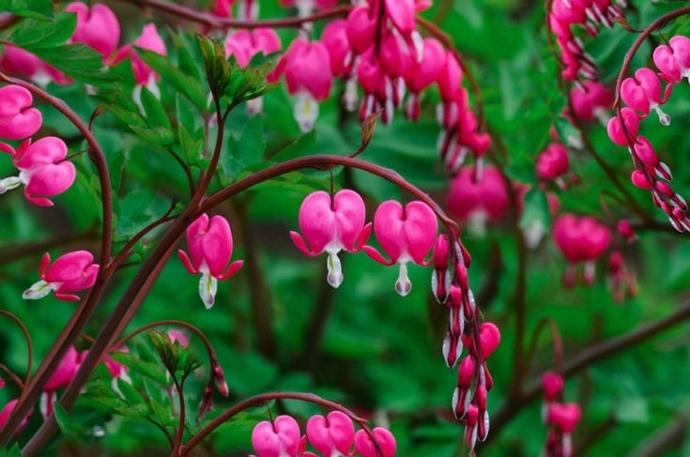
What Are The Different Types Of Bleeding Heart Plant ?
1. Lamprocapnos spectabilis
Classic bleeding heart with heart-shaped pink or white flowers hanging from curved stems.
2. Lamprocapnos excimia
Similar to L. spectabilis, but its leaves are small and fern-like, and its flowers are reddish-pink.
3. Lamprocapnos formosa
Native to the western United States, this species has fern-like leaves and pink, heart-shaped flowers.
4. Dicentra cucullaria
Commonly known as Dutch trousers. Delicate white or pink flowers, resembling pantaloons or trousers, hang down on arching stems.
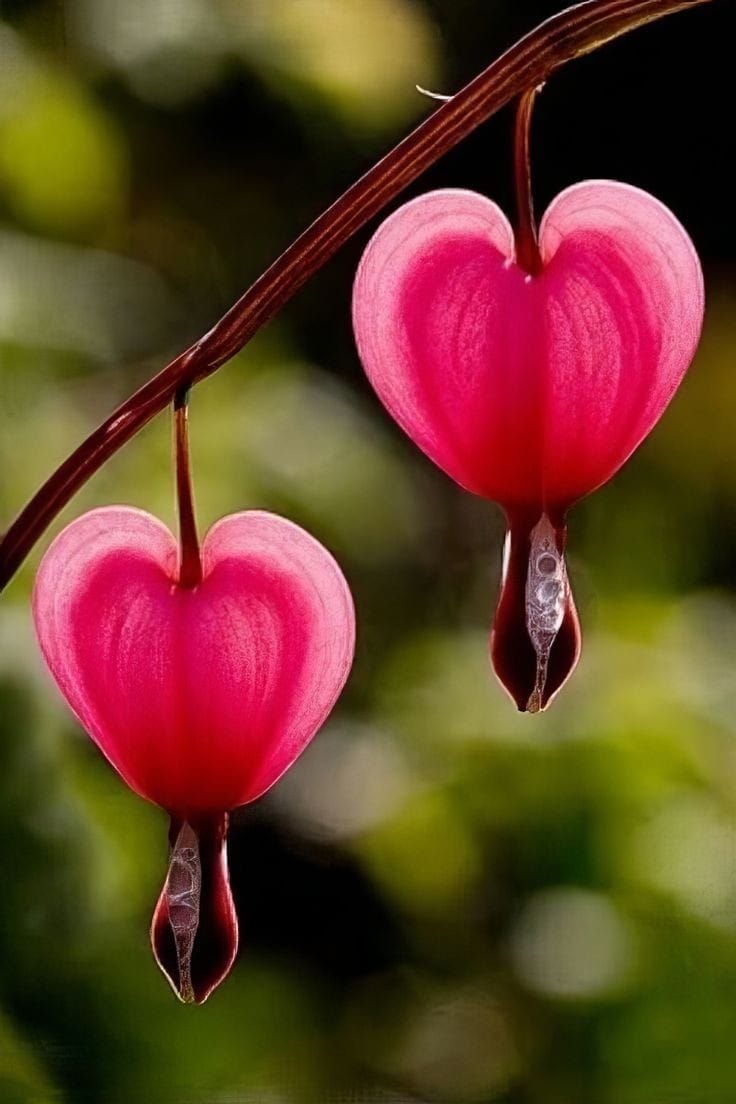
How to Care Bleeding Heart Plant ?
1. Location
Choose a location with partial shade and well-drained soil.
2. Sunshine
Prefers partial shade, but usually benefits from morning sun.
3. Soil
Plant in fertile, moist, well-drained soil rich in organic matter.
4. Hydration
Keep soil evenly moist but not waterlogged. Mulching helps retain moisture.

5. Nourishment
Feed lightly with a balanced fertilizer in spring.
6. Issues
Watch out for mould, slugs, and snails. Ensure proper air circulation to prevent mould.
What are the Benefits of Bleeding Heart Plant ?
Its unique and delicate flowers add charm to any garden. Once established, requires minimal care. Bees and other pollinators are attracted to flowers.
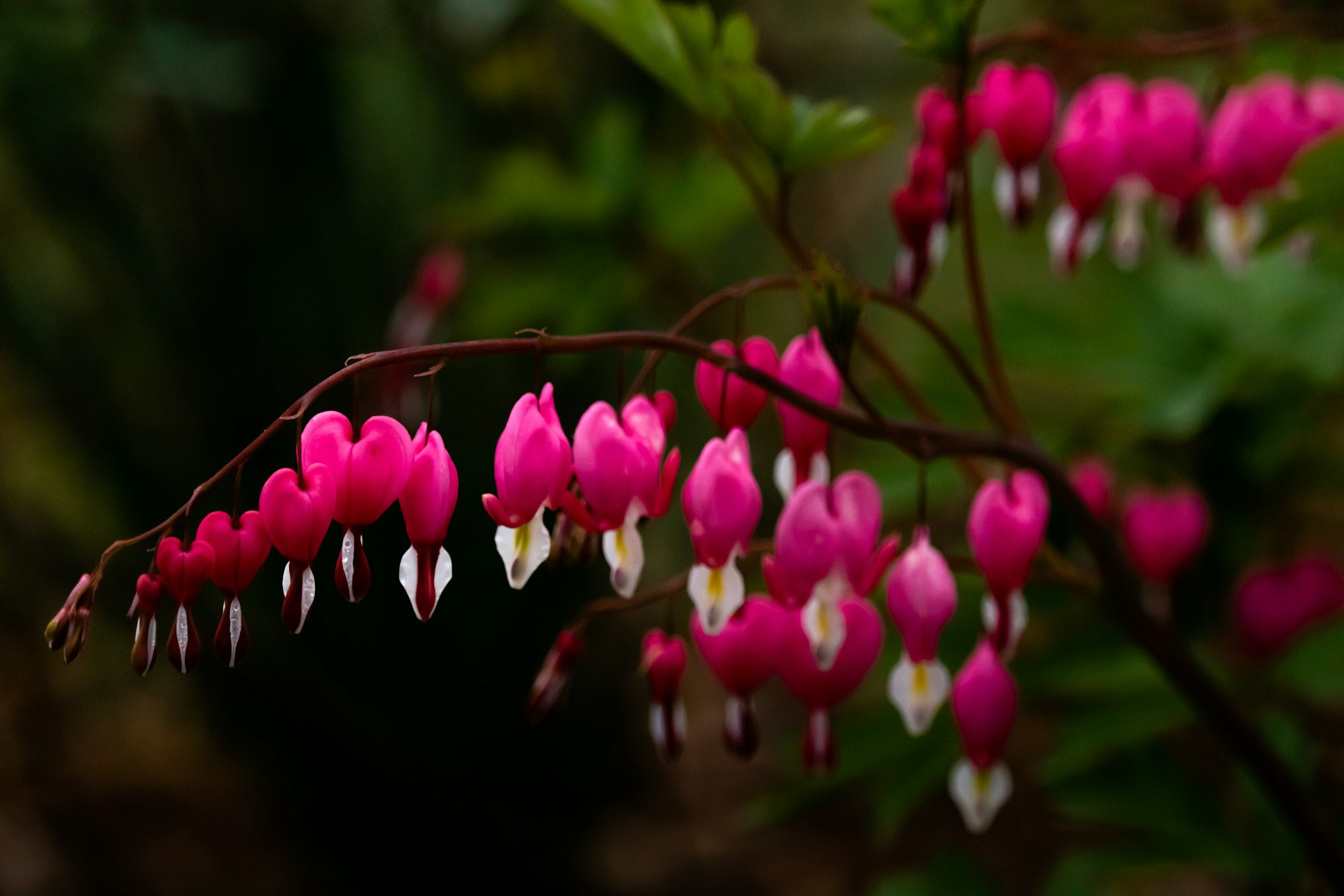
FAQs About Growing Bleeding Heart
1. When is the best time to plant Bleeding Hearts ?
Plant in spring or fall.
2. How often should I water my Bleeding Heart ?
Keep the soil constantly moist, especially during dry periods.
3. Does Bleeding Heart need pruning ?
Remove dead leaves and flowers to encourage new growth.
4. Can Bleeding Hearts be grown in a container ?
Yes, as long as the container is well drained.
5. Is the bleeding heart plant toxic to pets ?
Yes, all parts of the plant are toxic if ingested. Therefore, please keep your pets away.

